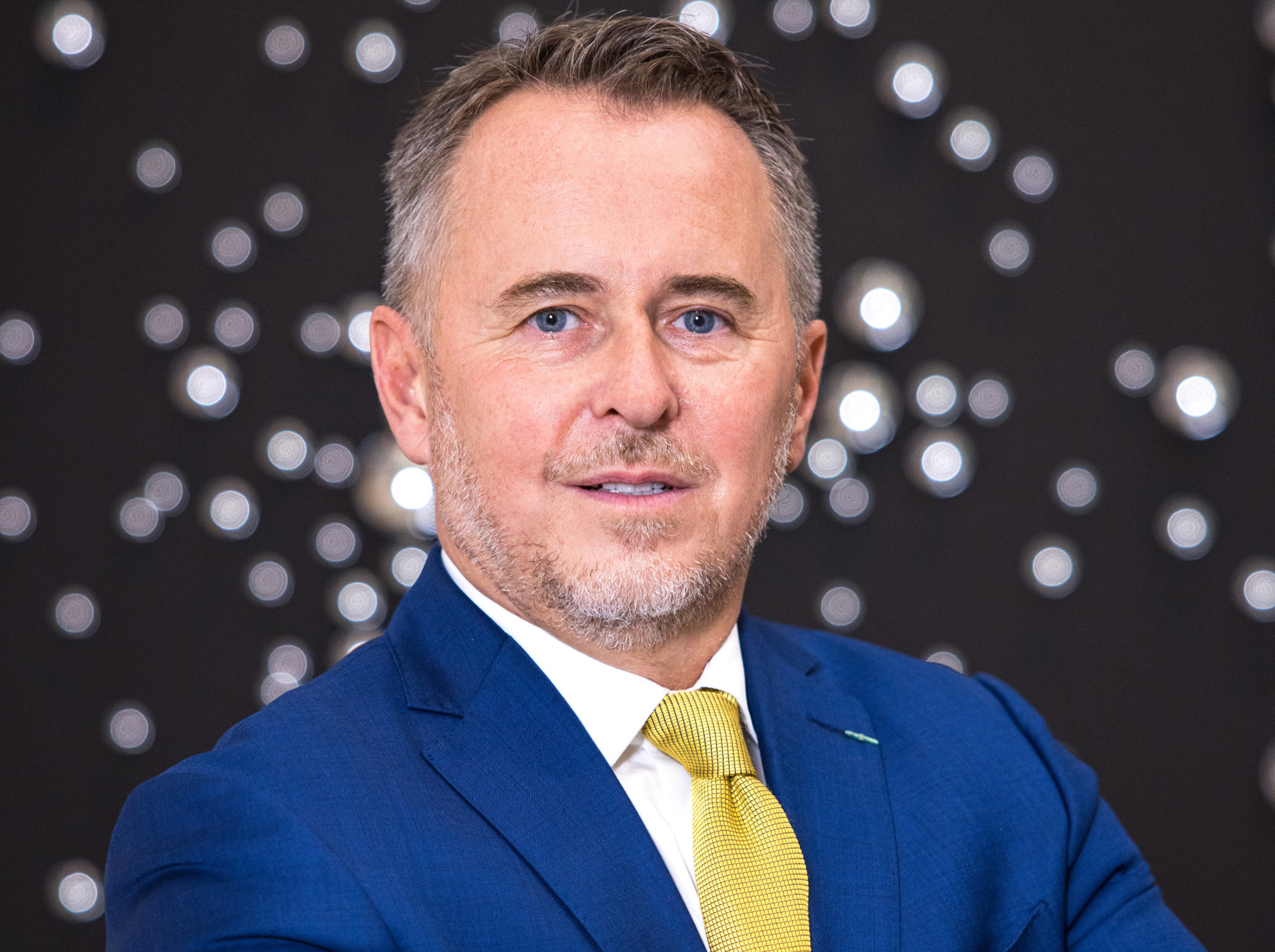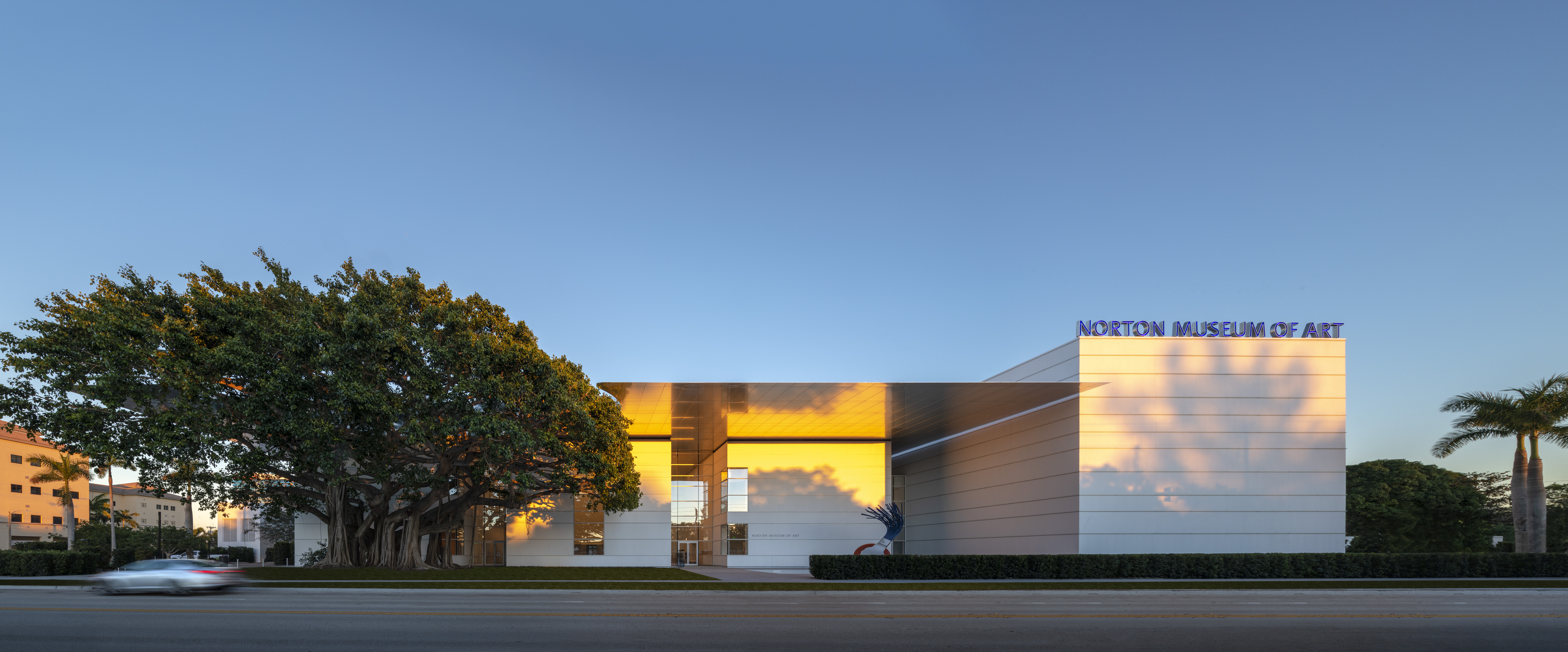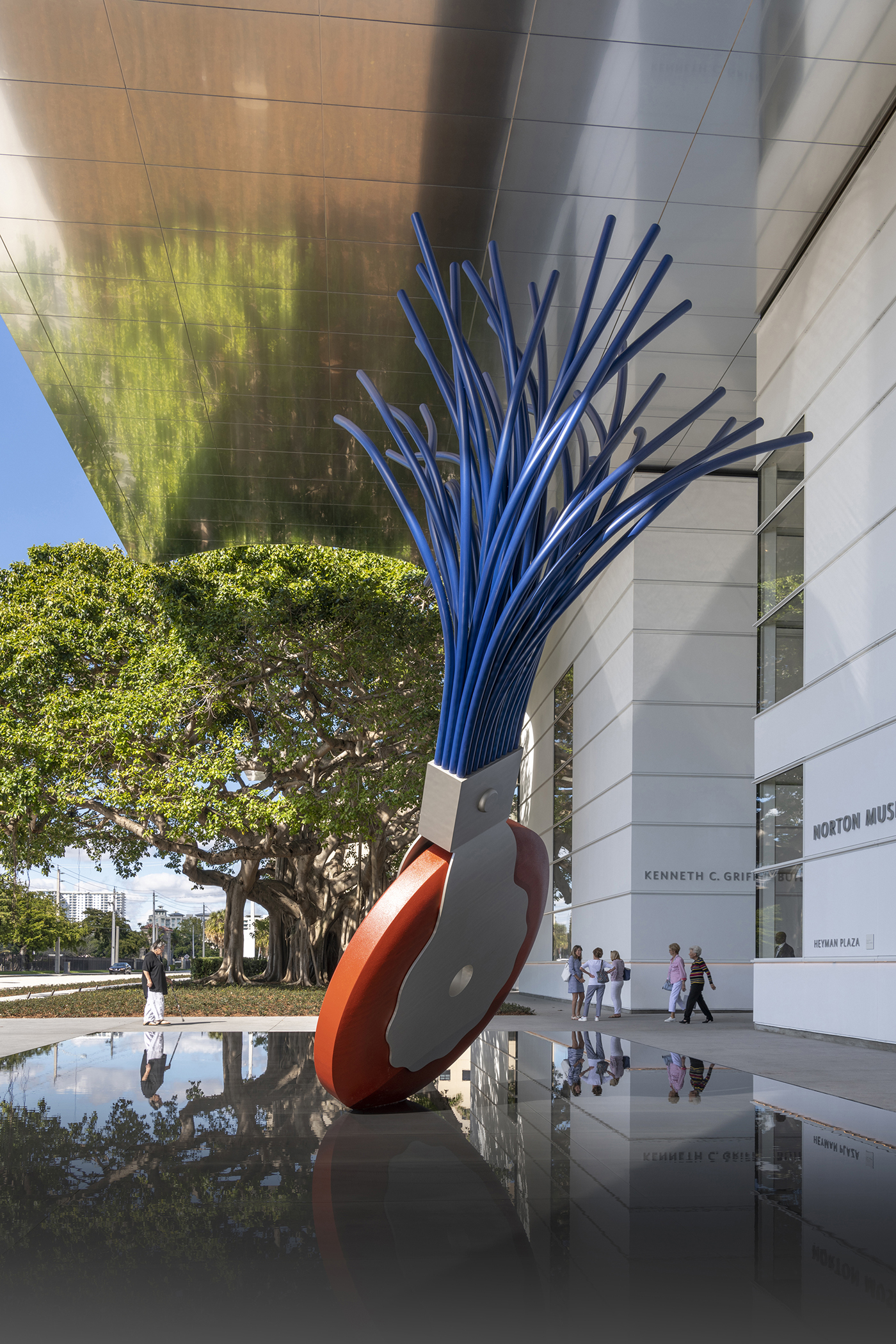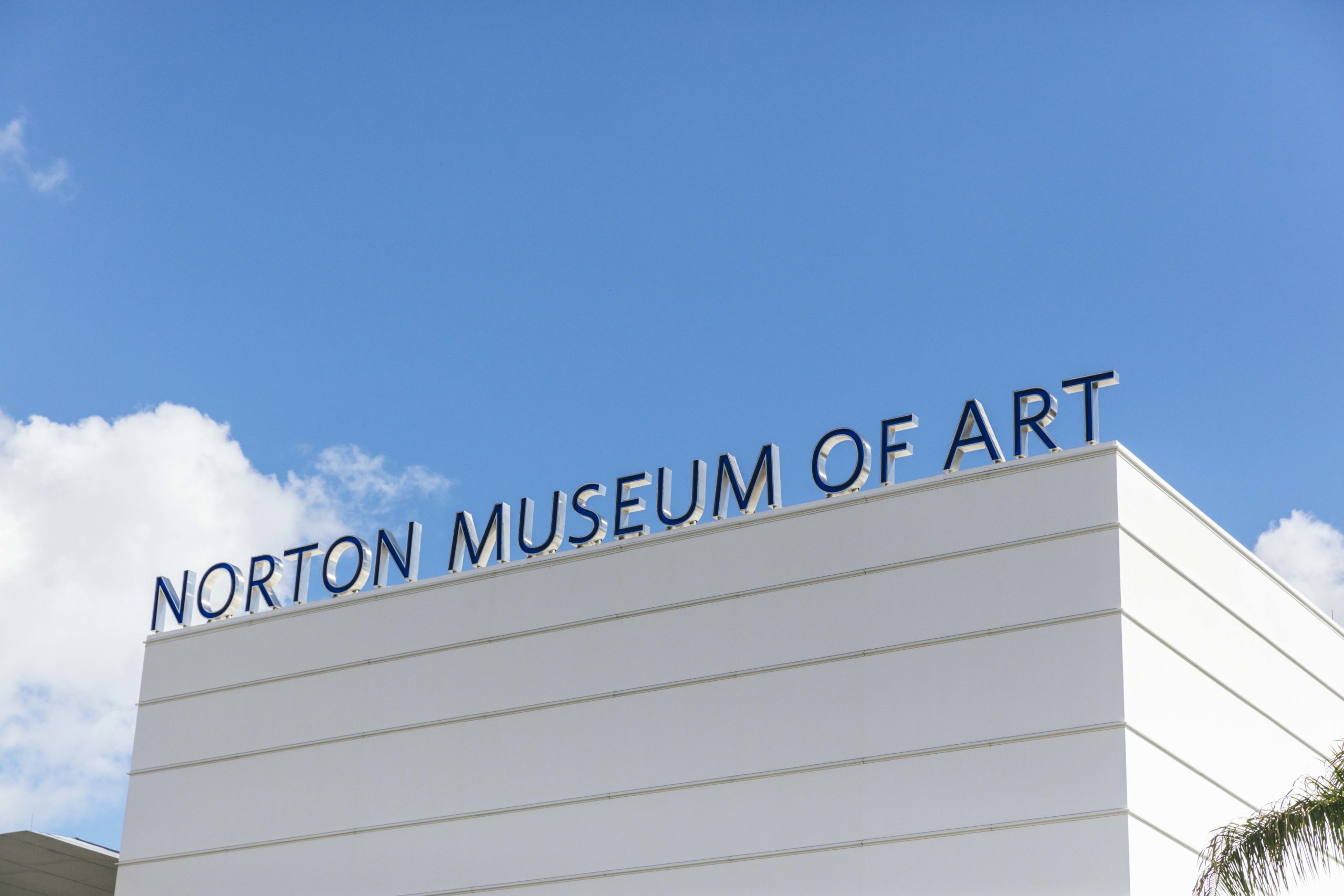Ghislain d’Humières Leads the Norton for All

The Norton Museum of Art in West Palm Beach has undergone an exciting evolution over the last 14 months since Ghislain d’Humières came aboard as director and CEO in January of 2021. With a forward-thinking attitude and new directives aimed at better engaging all sectors of the community, d’Humières offered an opportunity to start fresh after a challenging period, including the loss of a director, an eight-month pandemic closure and subsequent November 2020 reopening without permanent leadership in place.
A native of France, d’Humières has built years of experience at American museums, previously serving as the director and CEO of the Speed Art Museum in Louisville, Kentucky from 2013–2017, director and chief curator of the Fred Jones Jr. Museum of Art at the University of Oklahoma from 2007–2013 and, most recently before the Norton, as executive director of the Colonial Williamsburg Foundation in Virginia.
Upon joining the Norton, the new director immediately raised the base salary from $12 to $15 per hour, established a strong focus on diversity and inclusion, and interviewed all staff members, from top to bottom, to ensure everyone understood their job and that they were in the right department based upon their strengths and interests. Gleaning much from these conversations, he gave 16 team members “well deserved” promotions and found himself with a confident, reenergized staff who were prepared for the work that lay ahead.
In addition to building this happier, more focused team, d’Humières is developing new programs to foster greater community involvement and dialogue among people of all ages and backgrounds, year-round.
He recently spoke to Dan’s Papers Palm Beach about his vision for the Norton, his management efforts and edicts, the importance of programming that includes all facets of the region’s vastly diverse population, and how creativity and art can play a part in the growth of future generations.
This interview has been edited for clarity and brevity.

What was it like taking on your role at the Norton as it reopened after the pandemic?
There was the COVID, there was the Black Lives Matter event of the previous June, and also the fact that the director left at exactly that time, early June. So the museum was in a challenging situation. I had to reorganize internally the whole institution, make a soft transition, making sure everybody understands what they want to do. We also addressed all matters of IDEA (Inclusion, Diversity, Equity and Access).
It took me six months to have every department reorganized, all charts reorganized, salary balanced and the diversity matter addressed to be able to work together with my colleagues. And it’s so exciting to see after one year, the energy, the enthusiasm, and the fact that they all care and like it.
What about this museum and its visitors stands out to you?
Palm Beach, the island, has the highest concentration of wealth in the world, and West Palm Beach, if you go five miles away on the west, is one of the poorest counties in Florida. The Norton has always been there because Mr. Norton wanted the museum and the collection, and the school of art to be open to anybody who could not afford it. …
We’re still completely connected with more than 25 schools and we work nonstop with all the Title I underserved communities, so we’re continuing the vision of the founder, except it’s on 21st century steroids. But it is maybe the most contrasted community in the U.S. within a short amount of distance.

Can you share your vision for the museum? What kinds of exhibitions are you planning?
First of all, a director is not a curator, and I should not be the one really making decisions about exhibitions. This is what we are doing at the Norton which is kind of revolutionary. It used to be the curator deciding for the exhibition, and I’m arguing that, how do you want a curator, who very often is not necessarily connected with the community, to make the right choice?
We are reorganizing the department where there is no chief curator. We need to have the idea of an exhibition, which is first discussed by three people: the curator, the director of education and the director of marketing. And if these three could agree that the exhibition is interesting, relevant for the diversity of my community and meaningful and marketable, then I’m happy to talk to them and see what they want to do.
How do you make a show relevant to the community?
The Frida Khalo (exhibition), which has closed, was massively successful. We went into the Latino community, all the different communities, and everybody related to that. And all the programming we did in English and Spanish was very successful. In the fall, another example, I’m getting a private collection from Europe of fashion photography and street fashion. We’re going to work with the public school system to do a competition of street fashion — it’s a way for kids of any kind of background to be able to participate and make the exhibition relevant to them.

What is the museum’s role in the community?
The museum, for me, is a hub of creativity, the museum is not a temple for the art. It’s a hub of creativity where you use the art, which by the way is not only visual — it’s also performing art and virtual. It’s really a hub of creativity when we have a safe dialogue between generations. It seems a little bit naïve, but I believe museums are the place where you can really prepare the next generation to understand where we are going. It used to be in the 19th and 20th centuries the preservation, protection and showing of art. We are more than that.
Learn more about the Norton Museum of Art and explore its many online resources at norton.org.



